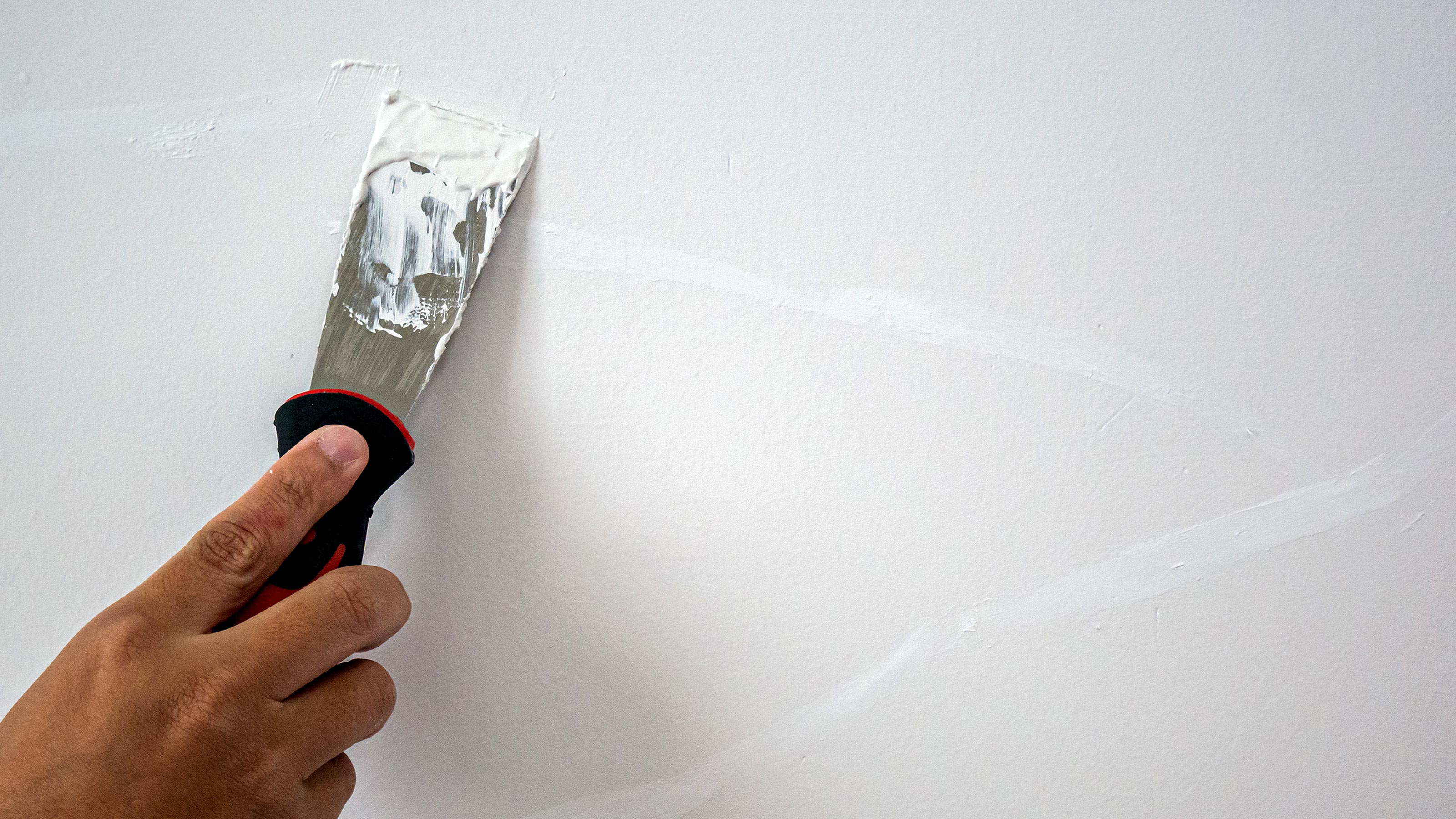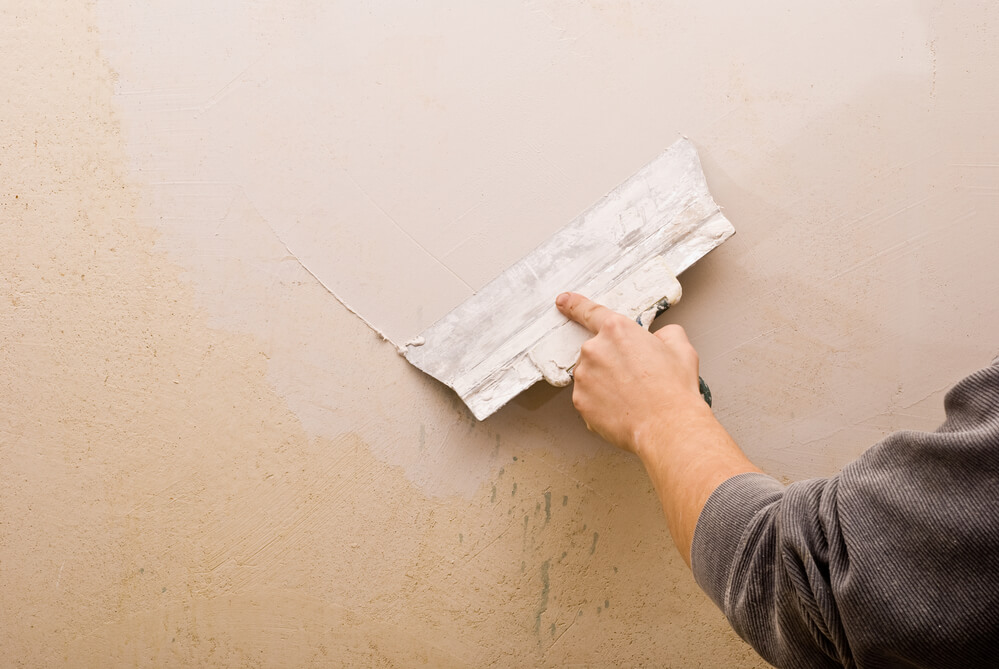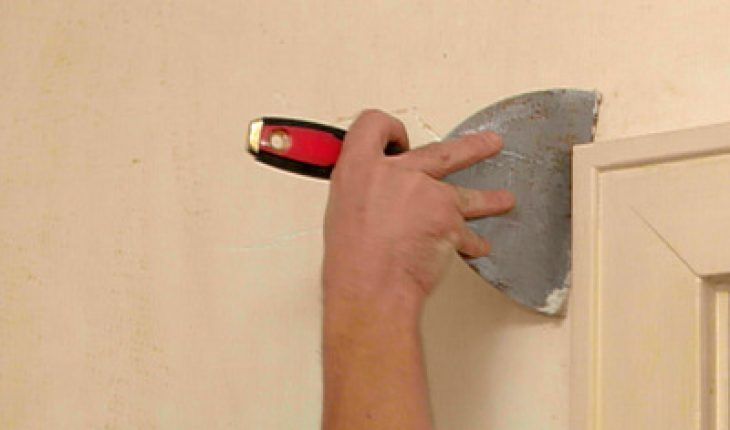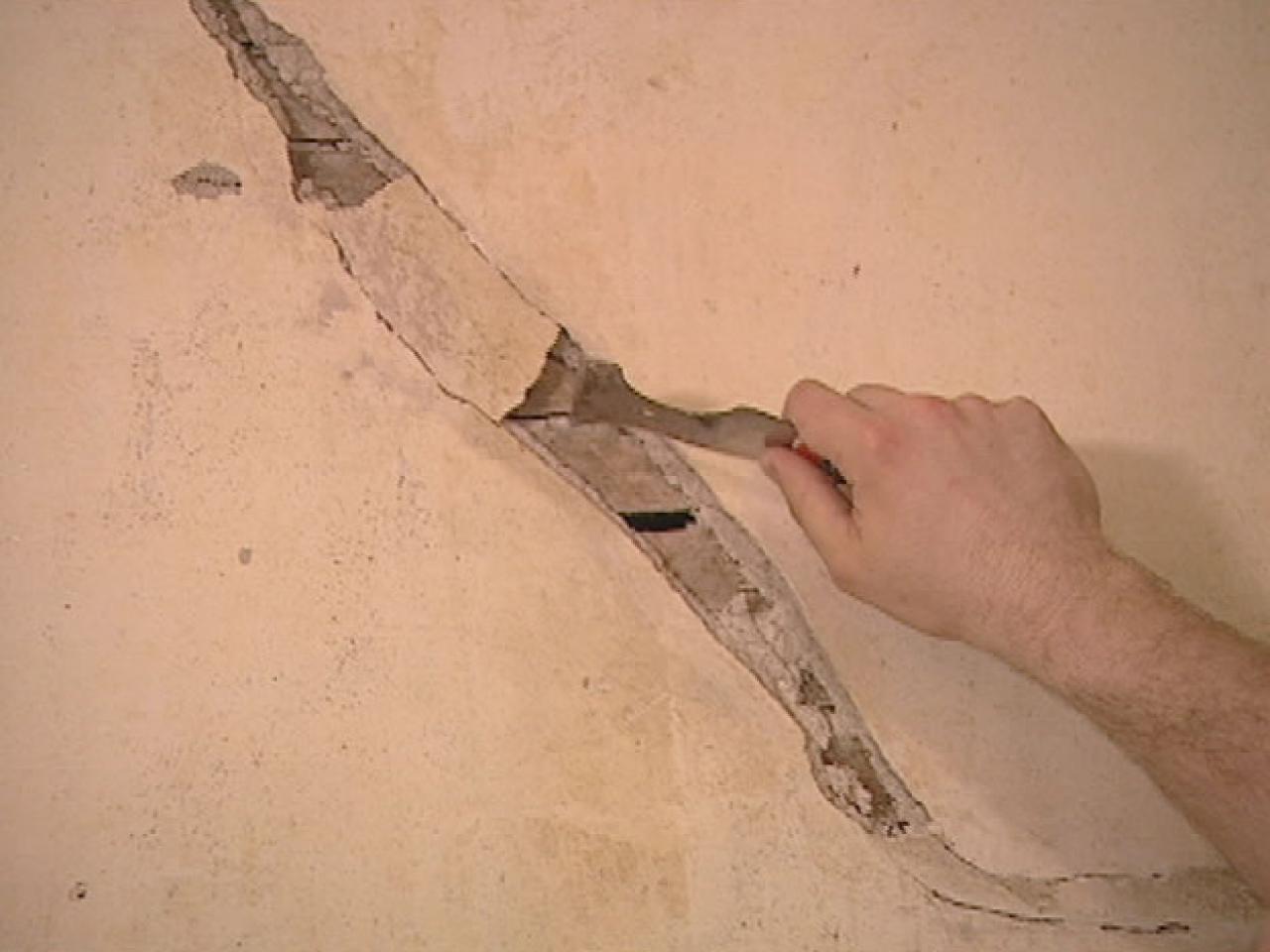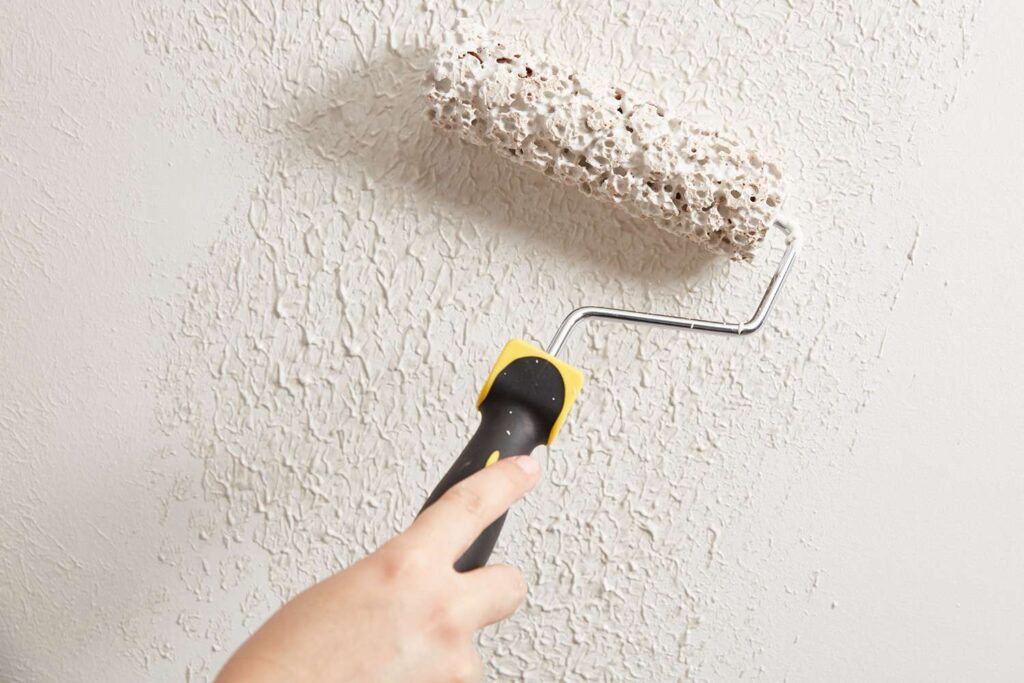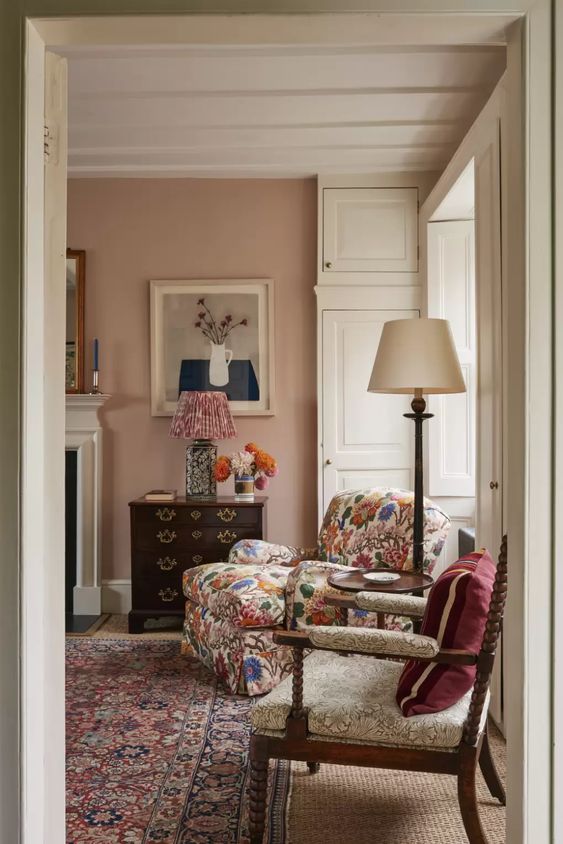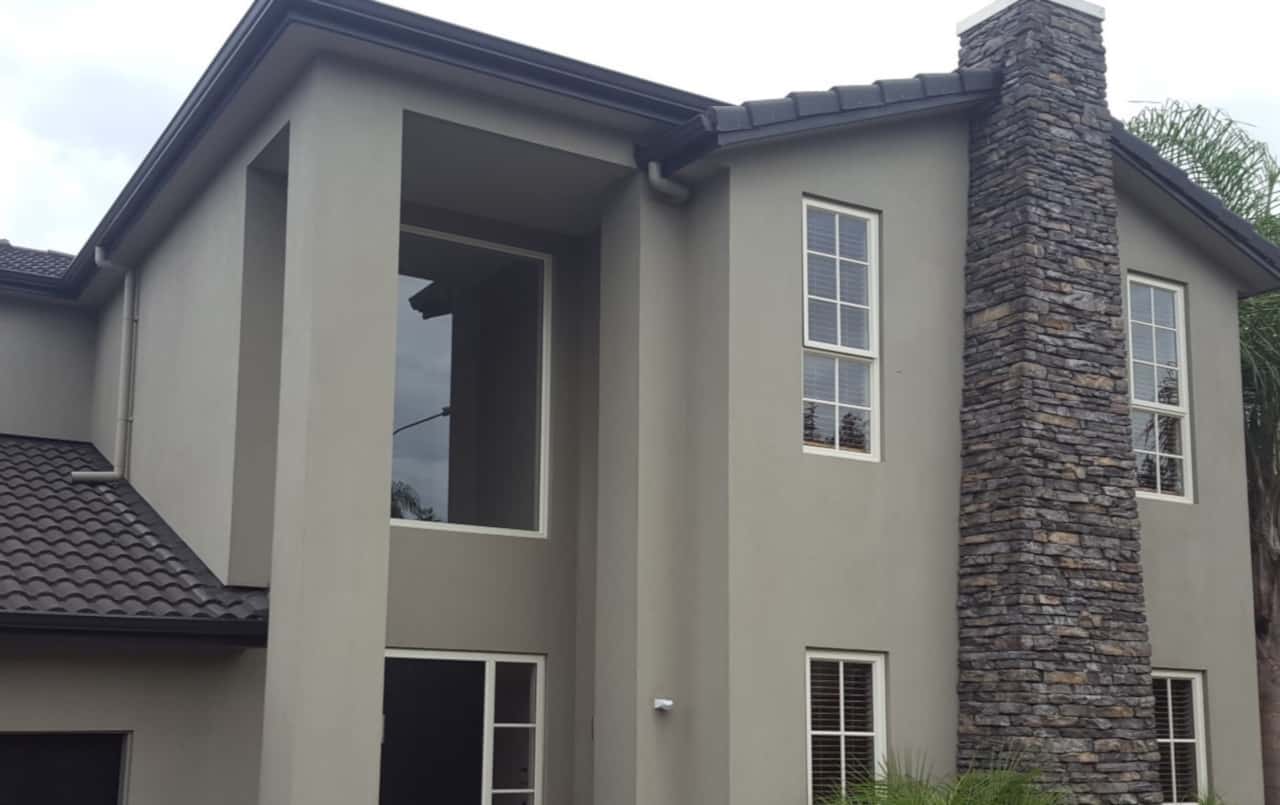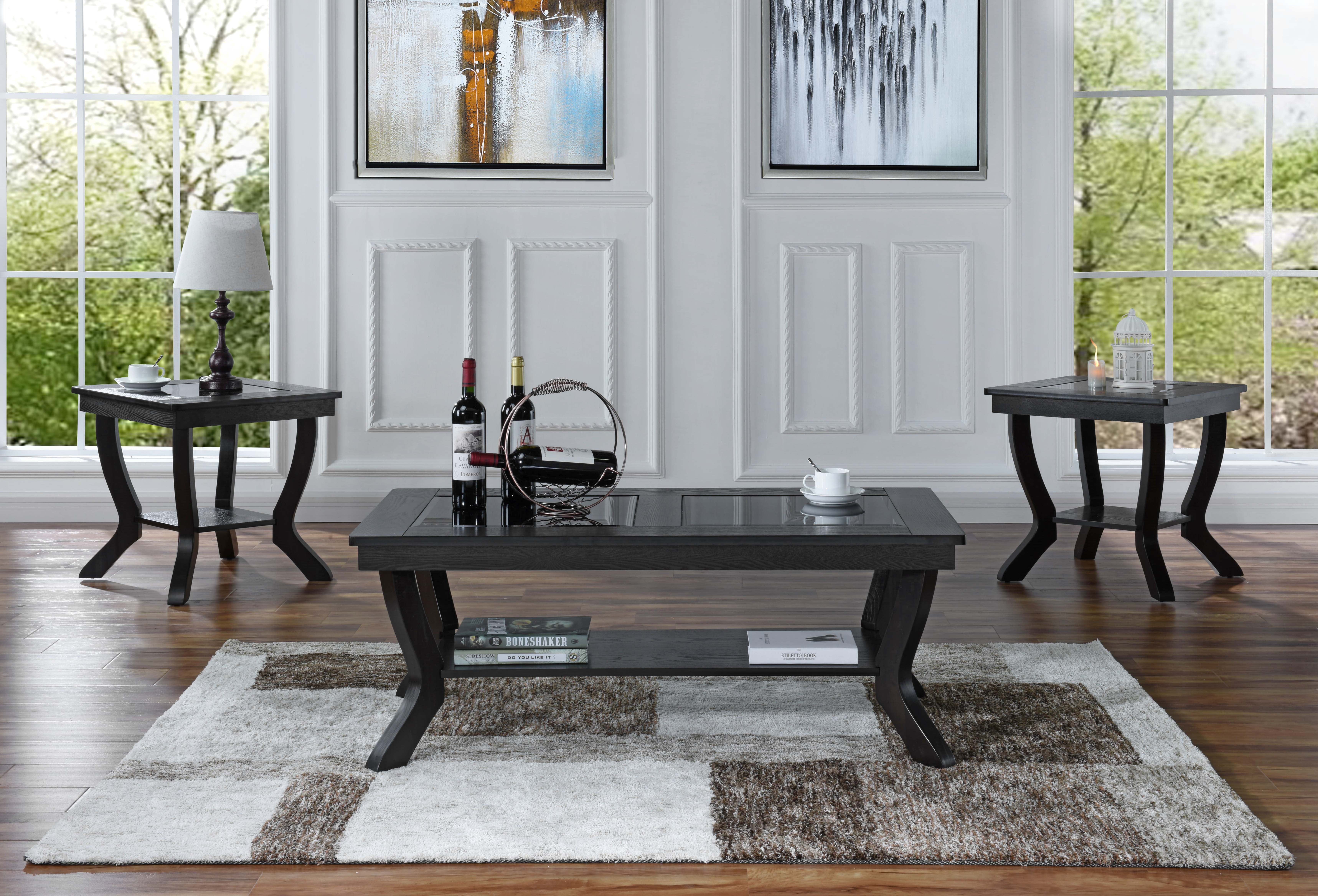Setting Plaster for Living Room Walls
Setting plaster is a type of interior wall finish that has been used for centuries to create smooth and even walls. It is a popular choice for living rooms because of its durability and versatility. If you're looking to give your living room walls a fresh new look, setting plaster could be the perfect solution. In this article, we'll discuss the top 10 ways to use setting plaster in your living room.
How to Apply Setting Plaster in a Living Room
Applying setting plaster in your living room may seem like a daunting task, but with the right tools and techniques, it can be a relatively easy process. First, you'll need to prepare the walls by cleaning and smoothing out any imperfections. Then, mix the setting plaster according to the manufacturer's instructions and apply it in even layers using a trowel. Finally, use a damp sponge to smooth out any bumps and create a seamless finish.
Benefits of Using Setting Plaster in a Living Room
There are several benefits to using setting plaster in your living room. Firstly, it is a durable and long-lasting material that can withstand everyday wear and tear. It is also versatile, allowing you to create different textures and finishes depending on your preference. Additionally, setting plaster is a great option for those with allergies, as it is hypoallergenic and does not emit any harmful fumes.
Choosing the Right Setting Plaster for Your Living Room
When choosing setting plaster for your living room, it's important to consider the type of finish you want and the condition of your walls. If you're looking for a smooth and polished look, opt for a fine-grain setting plaster. For a more textured look, you can choose a coarser grain. It's also important to check the moisture level in your walls before selecting a setting plaster, as some types are better suited for damp environments.
Step-by-Step Guide to Setting Plaster in a Living Room
To achieve a professional-looking finish, it's important to follow the correct steps when applying setting plaster in your living room. This includes preparing the walls, mixing the plaster, and applying it evenly. You'll also need to allow the plaster to dry completely before sanding and adding any finishing touches. For a detailed step-by-step guide, you can refer to online tutorials or consult a professional.
Tips for a Smooth and Even Setting Plaster Finish in a Living Room
Here are some tips to ensure a smooth and even setting plaster finish in your living room. Firstly, make sure to mix the plaster thoroughly to avoid any lumps or air bubbles. Secondly, keep your trowel clean and damp, as this will help create a seamless finish. Additionally, take your time and work in small sections to avoid the plaster drying out too quickly. Finally, use a damp sponge to smooth out any imperfections and achieve a polished look.
Common Mistakes to Avoid When Using Setting Plaster in a Living Room
While setting plaster is a great choice for living room walls, there are some common mistakes that can affect the final result. One of the most common mistakes is not preparing the walls properly before applying the plaster, which can result in an uneven finish. Another mistake is not mixing the plaster correctly, which can lead to lumps and air bubbles. It's also important to avoid applying too much pressure when smoothing out the plaster, as this can cause cracks and imperfections.
How to Repair Cracks and Imperfections in Setting Plaster in a Living Room
If you notice any cracks or imperfections in your setting plaster walls, don't worry, they can be easily repaired. First, use a scraper or sandpaper to remove any loose or damaged plaster. Then, apply a thin layer of setting plaster to the affected area, making sure to smooth it out evenly. Once the plaster is dry, sand it down and add more layers if necessary. Finally, paint over the repaired area to blend it in with the rest of the wall.
Using Setting Plaster to Create a Textured Look in a Living Room
Setting plaster is a versatile material that can be used to create a variety of textures in your living room. Some popular techniques include skip trowel, stippling, and knockdown. These techniques involve using different tools and methods to create unique patterns and textures on the walls. You can also experiment with adding color to the plaster for a more dynamic look.
Maintenance and Care for Setting Plaster Walls in a Living Room
Maintaining your setting plaster walls is key to ensuring their longevity and keeping them looking their best. To clean your walls, use a damp cloth or sponge to wipe away any dust or dirt. Avoid using abrasive cleaners or harsh chemicals, as these can damage the plaster. If you notice any cracks or imperfections, make sure to repair them as soon as possible to prevent further damage. With proper care, your setting plaster walls can last for many years to come.
The Benefits of Setting Plaster in Your Living Room Design

What is Setting Plaster?
 Setting plaster is a traditional wall finishing technique that has been used for centuries. It involves applying a thin layer of lime-based plaster onto the walls and then polishing it to a smooth, shiny finish. This technique is often used in historic homes and buildings, but it has recently seen a resurgence in modern interior design.
Setting plaster is a traditional wall finishing technique that has been used for centuries. It involves applying a thin layer of lime-based plaster onto the walls and then polishing it to a smooth, shiny finish. This technique is often used in historic homes and buildings, but it has recently seen a resurgence in modern interior design.
Why is it Perfect for Your Living Room?
 If you're looking to add a touch of elegance and sophistication to your living room, setting plaster is the perfect choice. Its smooth, polished finish creates a subtle sheen that adds depth and texture to the walls. It also has the ability to reflect light, making your living room feel brighter and more inviting.
But the benefits of setting plaster don't stop at aesthetics. This technique is also highly durable and long-lasting, making it a practical choice for high-traffic areas like the living room. It can withstand wear and tear, as well as moisture and humidity, making it a great option for homes in humid climates.
If you're looking to add a touch of elegance and sophistication to your living room, setting plaster is the perfect choice. Its smooth, polished finish creates a subtle sheen that adds depth and texture to the walls. It also has the ability to reflect light, making your living room feel brighter and more inviting.
But the benefits of setting plaster don't stop at aesthetics. This technique is also highly durable and long-lasting, making it a practical choice for high-traffic areas like the living room. It can withstand wear and tear, as well as moisture and humidity, making it a great option for homes in humid climates.
How to Incorporate Setting Plaster in Your Living Room Design
 Setting plaster can be used in a variety of ways to add interest and character to your living room. You can choose to apply it to all walls for a cohesive look, or use it as an accent on a feature wall. It can also be paired with other wall finishes, such as wallpaper or wood paneling, for a unique and dynamic look.
Another great way to incorporate setting plaster into your living room design is by using it to create a focal point. You can have an intricate design or pattern etched onto the plaster, or even add a pop of color by painting over it. This will add a touch of personality and make your living room truly stand out.
Setting plaster can be used in a variety of ways to add interest and character to your living room. You can choose to apply it to all walls for a cohesive look, or use it as an accent on a feature wall. It can also be paired with other wall finishes, such as wallpaper or wood paneling, for a unique and dynamic look.
Another great way to incorporate setting plaster into your living room design is by using it to create a focal point. You can have an intricate design or pattern etched onto the plaster, or even add a pop of color by painting over it. This will add a touch of personality and make your living room truly stand out.
Final Thoughts
 In conclusion, setting plaster is a versatile and timeless technique that can elevate the design of your living room. Its durability, elegance, and ability to reflect light make it a practical and stylish choice for any home. So if you're looking to add a touch of sophistication to your living room, consider incorporating setting plaster into your design.
In conclusion, setting plaster is a versatile and timeless technique that can elevate the design of your living room. Its durability, elegance, and ability to reflect light make it a practical and stylish choice for any home. So if you're looking to add a touch of sophistication to your living room, consider incorporating setting plaster into your design.








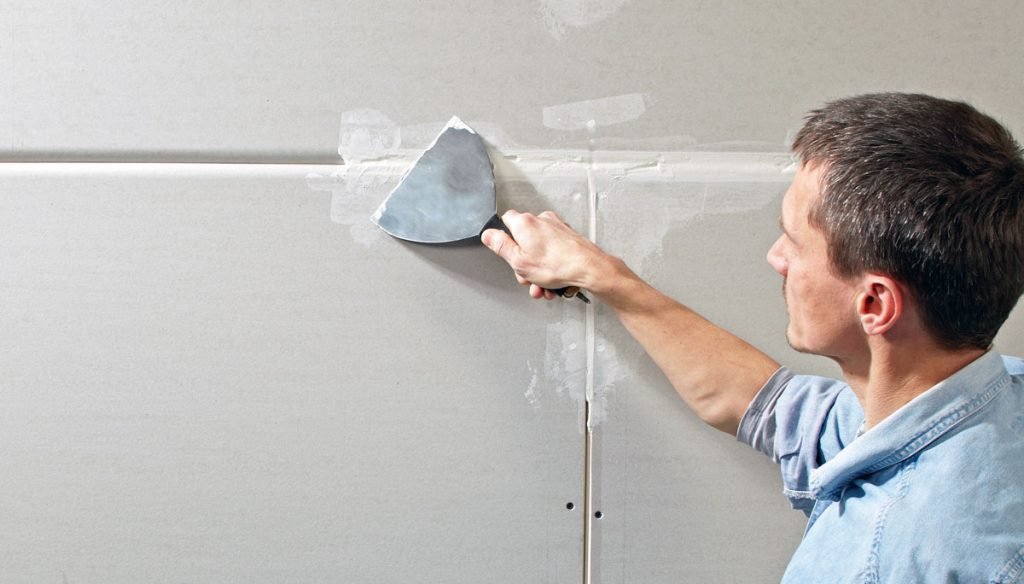





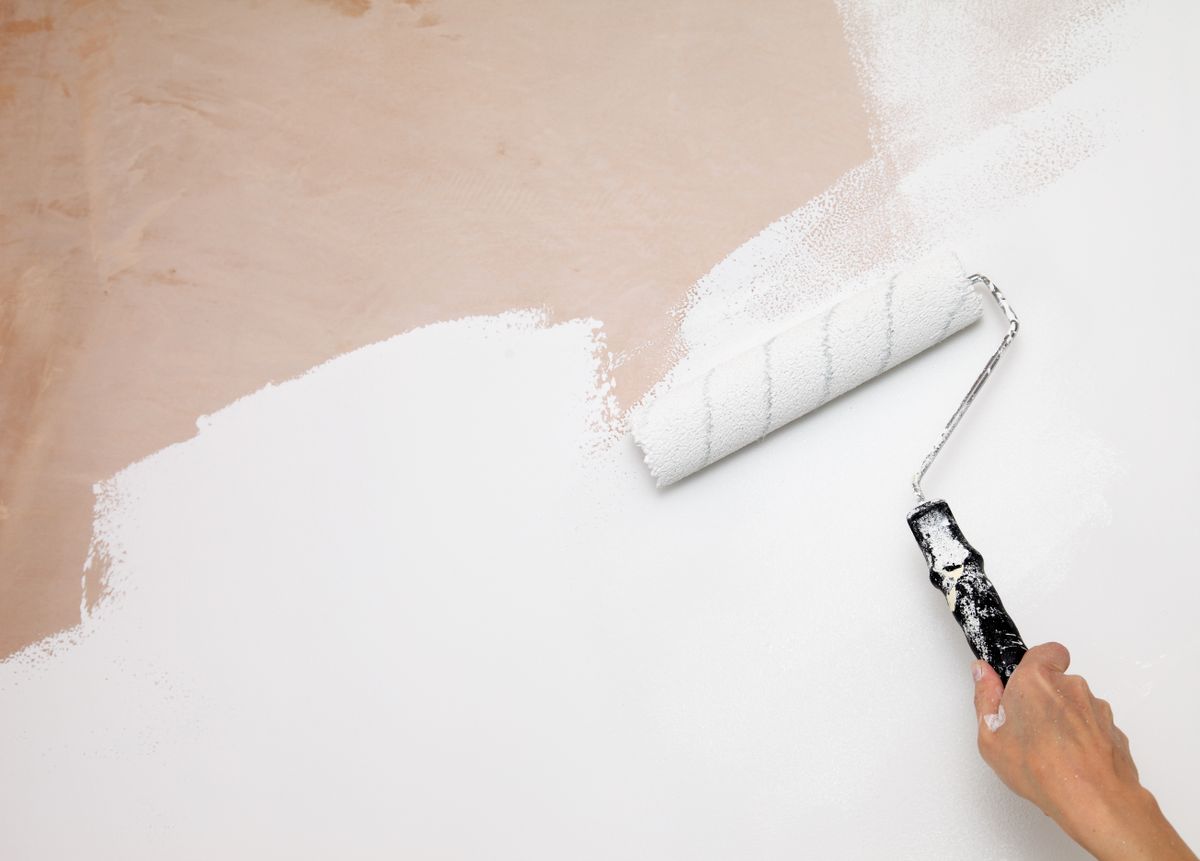
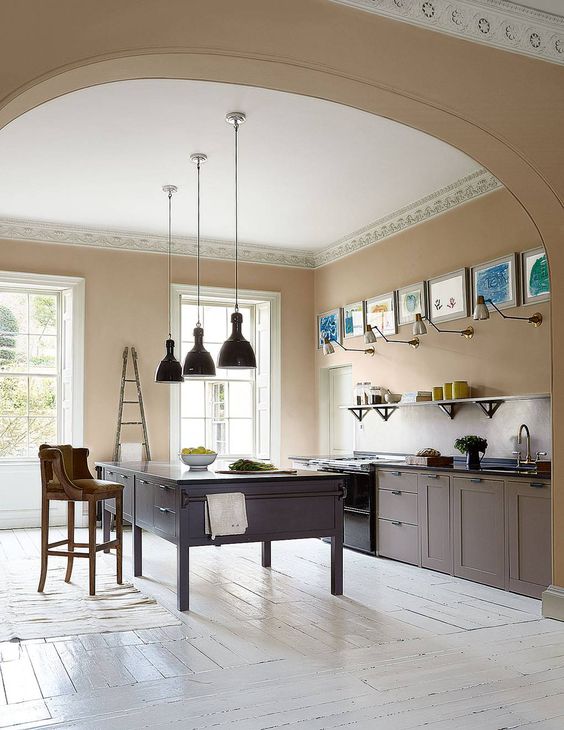




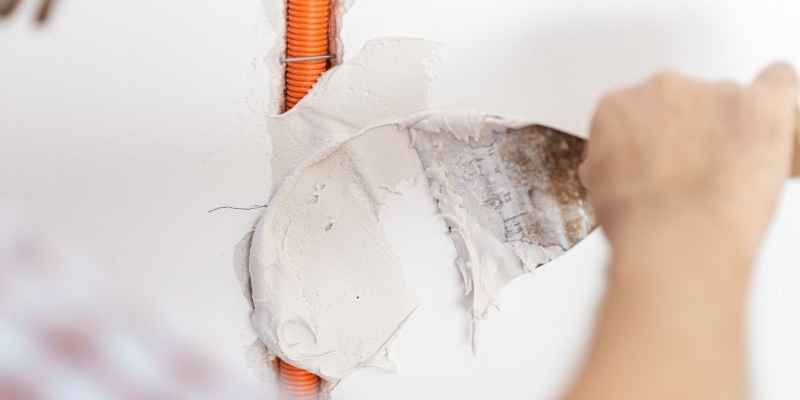









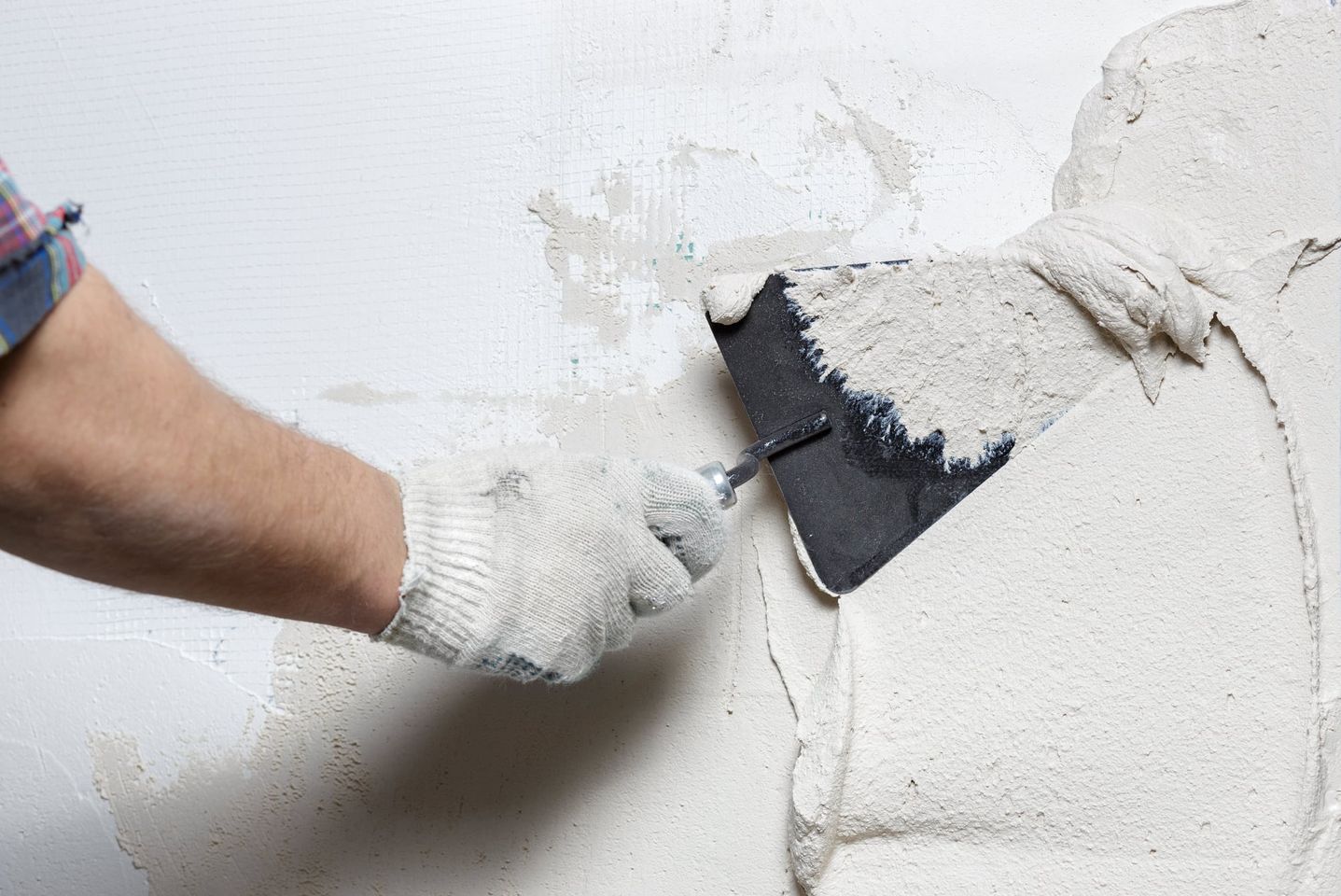

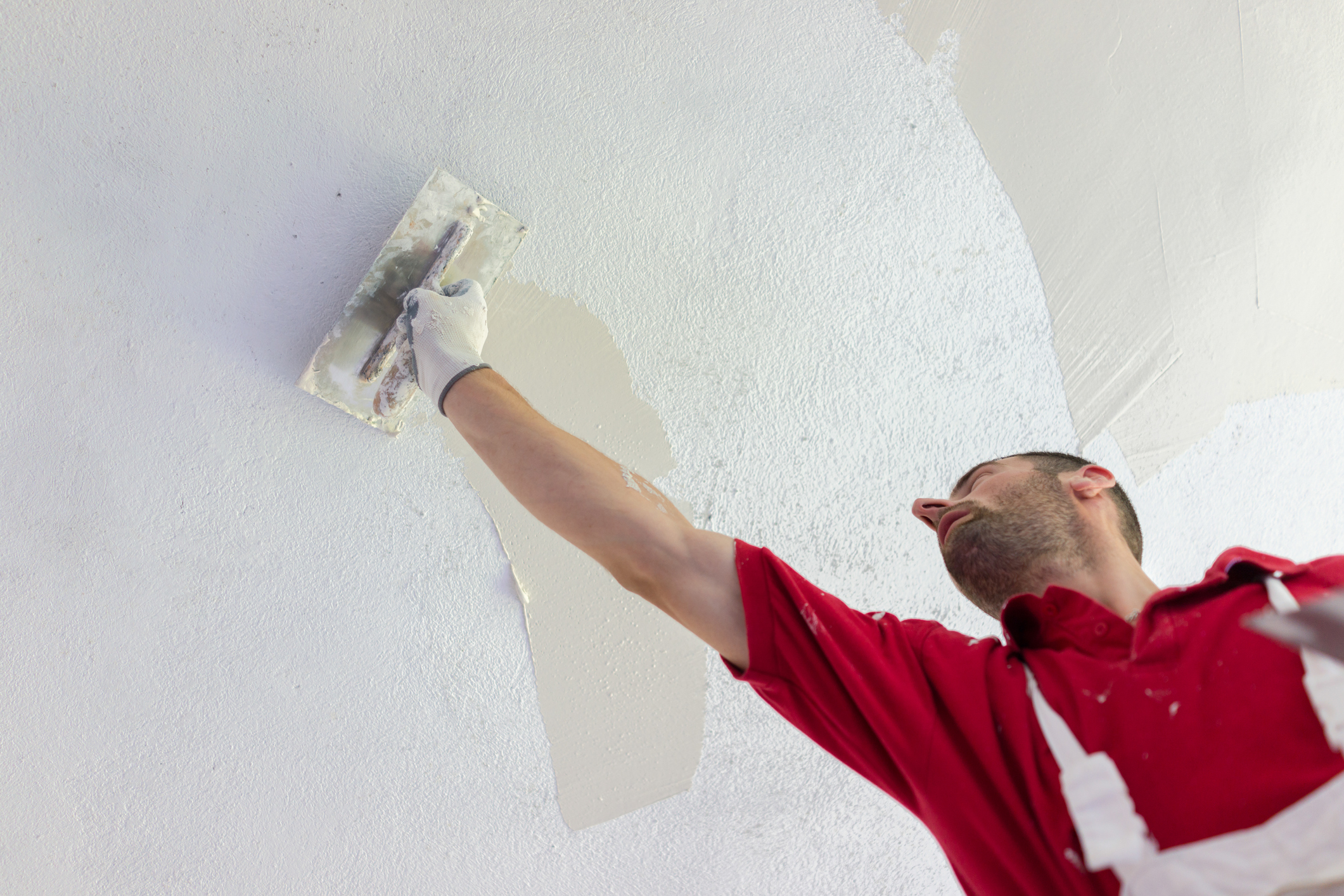
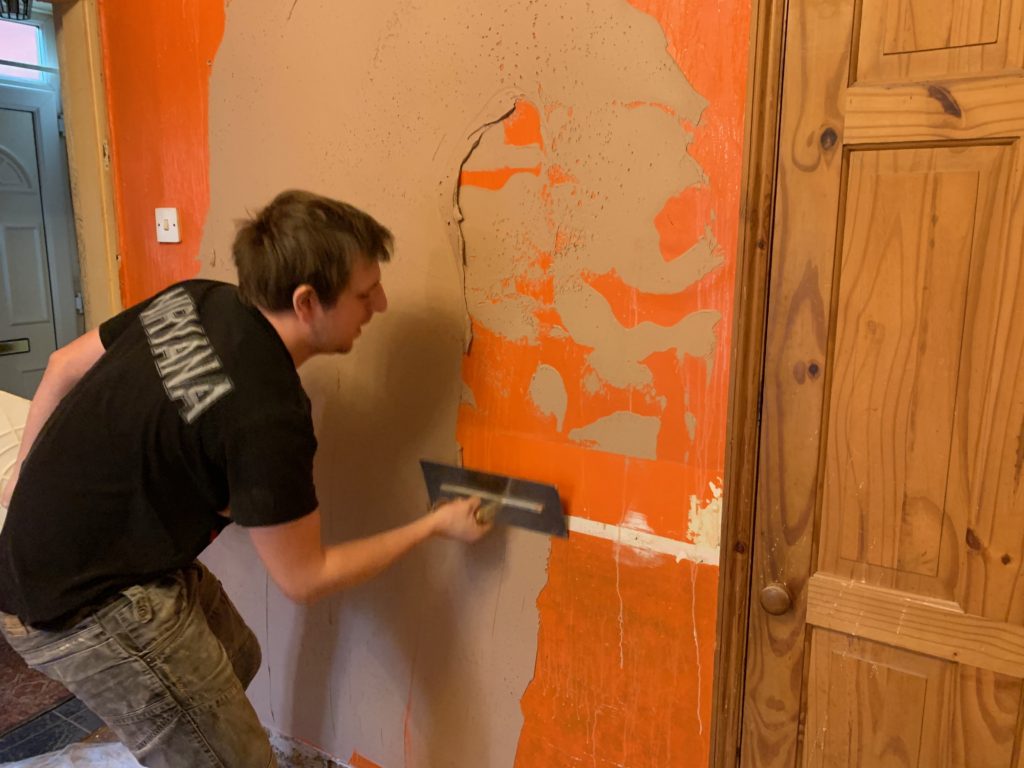



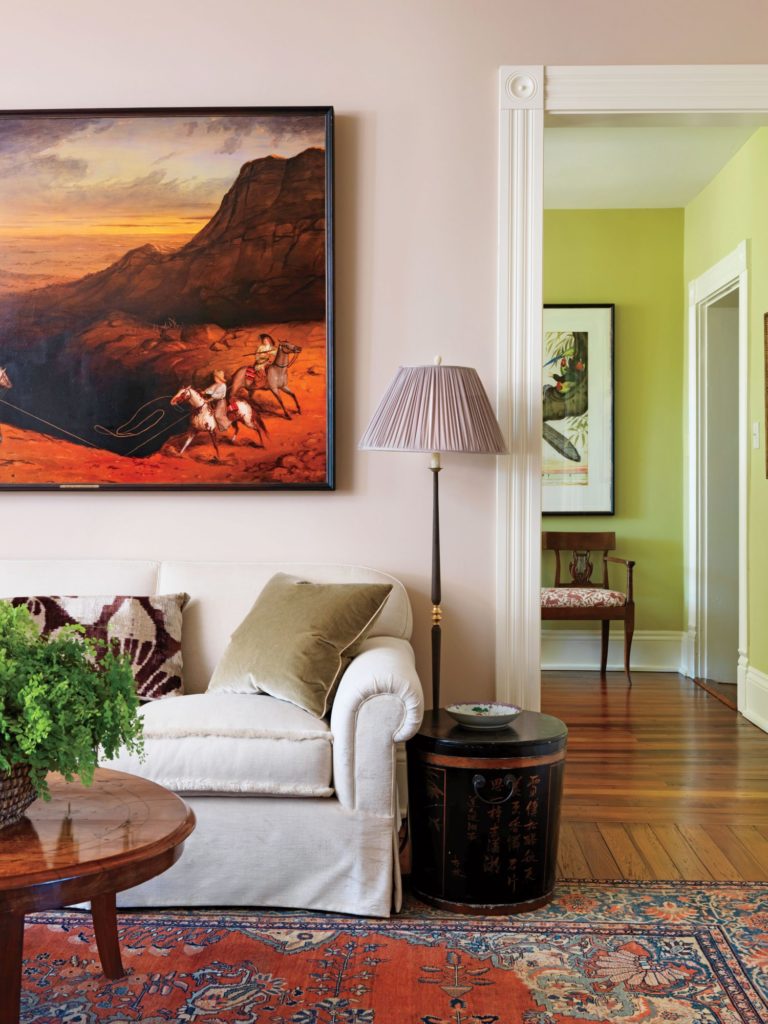






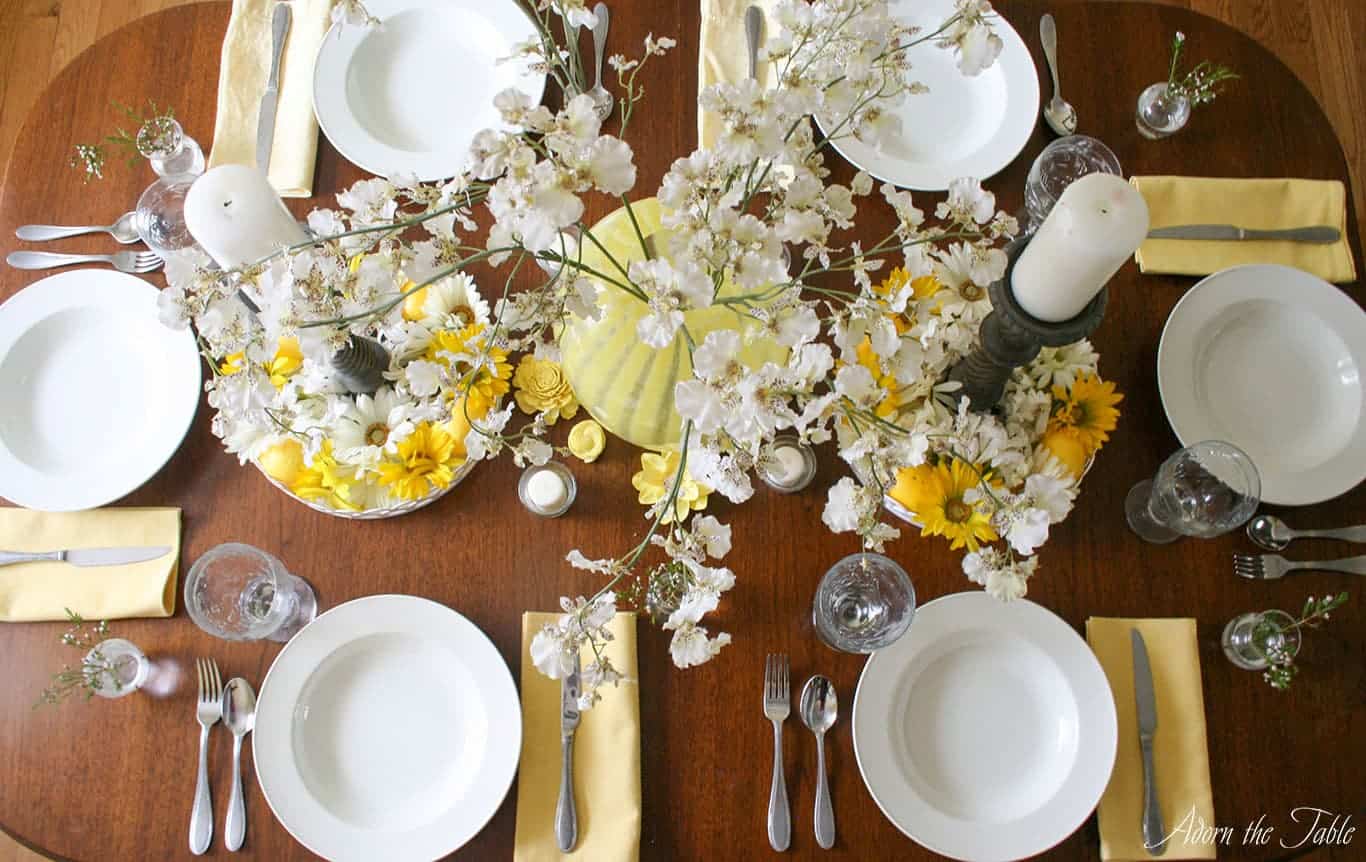







/cdn.vox-cdn.com/uploads/chorus_image/image/65892275/howto_fixplaster_01.0.jpg)


